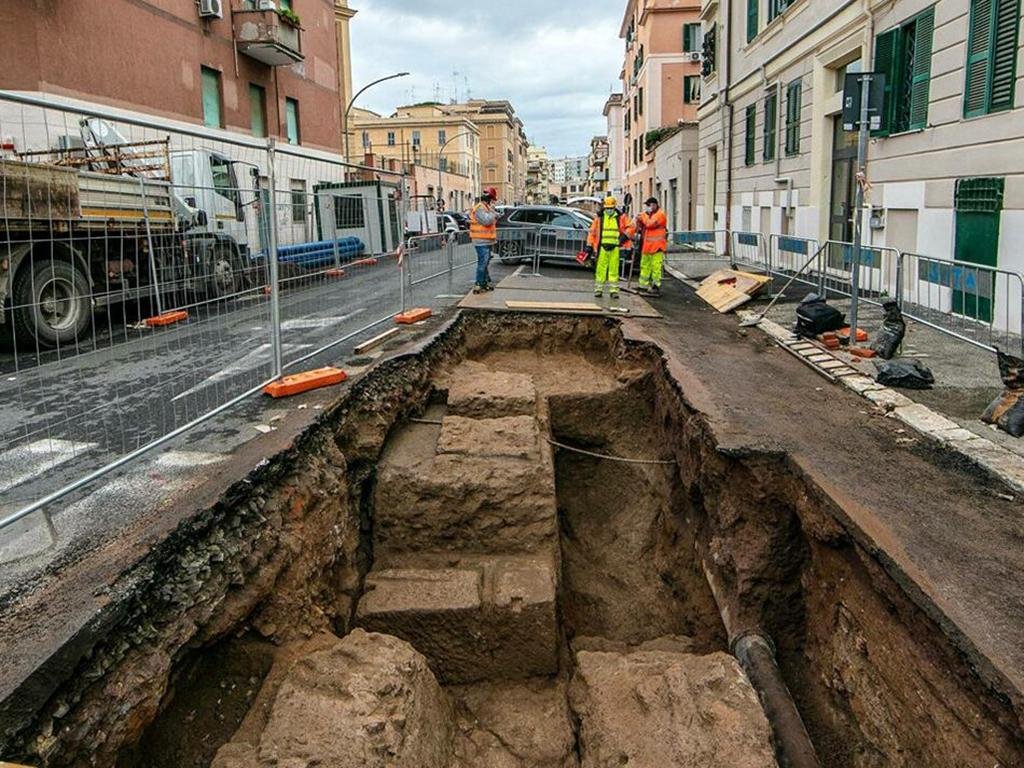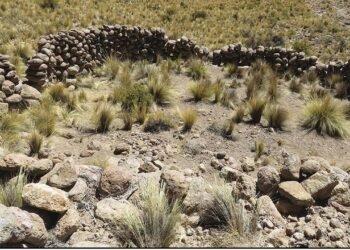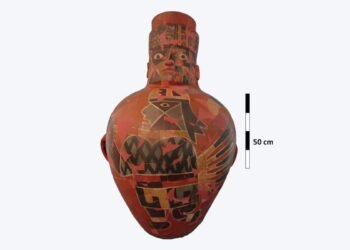During an archaeological survey conducted as part of preparations for installing new water pipes in Rome, the remnants of a funerary complex dating back 2,000 years have been unearthed, according to Australian Associated Press.

The discovery, which is of significant historical importance, was described by Daniela Porro, the head of Italy’s Special Superintendence for archaeology, art, and heritage in Rome.
This complex is situated approximately half a meter beneath the modern-day street level. The tombs that constitute the complex were constructed sometime between the first century BCE and CE 100, and they are situated along the Via Latina, one of the oldest Roman roads.
The find is yet another testament to Rome’s ability to preserve vital remnants of its past within the bustling fabric of the city, as remarked upon by Daniela Porro.
Over time, the structural integrity of this complex had been compromised due to various construction activities carried out in an era when heritage preservation was not a priority, as reported by the daily news source RomaToday. Notably, one of the tombs exhibited signs of fire damage.
As the archaeological work continued, experts came across an intact ceramic funerary urn containing bone fragments, along with a terracotta statue of a dog. These discoveries were made at a depth of approximately half a meter below the modern street level.
The dog statue bears a striking resemblance to architectural elements that were once incorporated into drainage systems on slanted rooftops, providing a glimpse into the architectural aesthetics of the time.

























